Google Australia has promised to invest $1 billion in Australian infrastructure, research and partnerships over the next five years to develop the country’s digital economy.
The Digital Future Initiative also includes an Australian Google research hub and a range of partnerships, including a collaboration with the CSIRO.
Google Australia managing director Mel Silva said the initiative was about helping accelerate the country’s transformation into a leading digital economy.
“The Digital Future Initiative is about bringing significant technology resources and capabilities to Australia, investing in the infrastructure that benefits people and businesses, and helping the best talent thrive here,” she said.
“A strong digital future creates opportunities, improves the everyday and enables the extraordinary – and we’d love to help Australia and Australians make the most of the opportunity and build for tomorrow.”
Google released economic modelling to accompany its announcement, with the analysis by economist Henry Ergas predicting the investment will help create 6,529 new direct jobs and 28,057 total jobs nationally, generating $1.259 billion in direct investment and $6.716 billion in total economic impact.
The company plans to continue to invest in cloud infrastructure as part of the initiative.
Google Cloud’s ANZ Vice President, Alister Dias said building a digital future starts needs the right foundations for growth.
“From new cloud regions here in Australia to high-bandwidth and connectivity, every aspect of our infrastructure investment is a strong reflection of our commitment to help businesses scale, innovate faster and bring their ideas to life,” he said.
Google Research Australia will partnering with the research community across the country and Google Research hubs globally to build a team of local researchers and engineers to explore ways AI can help tackle issues in Australia – and around the world.
The announcement, made with Prime Minister Scott Morrison, and CSIRO boss Dr Larry Marshall, comes as the company prepares to mark 20 years in Australia. The business now has 2000 local staff, has just expanded its Sydney office with 550 new desks and has plans for a 4th Sydney office due to come online in 2024.
The global tech giant also wants to partner with other organisations “to solve big challenges”. The includes national science agency the CSIRO to address issues such as natural hazard management, clean energy and protecting the health of the Great Barrier Reef.
Driving opportunity
CSIRO CEO Dr Larry Marshall said the collaboration will drive opportunities for businesses of all sizes across every market.
“CSIRO solves Australia’s greatest challenges through innovative science and technology, but our partnerships with industry are what makes those solutions real – because when industry innovates Australia grows,” he said.
“CSIRO’s science makes life better for every Australian, and when amplified by Google’s Technology it will catalyse collaborative projects across our entire national innovation system
Google also plans to ramp up its in investment in quantum computing in a partnership with Macquarie University.
Mel Silva said that since Google began in Australia with an office in a Sydney lounge room in 2002, local talent – Google Maps was created in Australia – has been central to the company’s success.
“Today, with the Digital Future Initiative, we’re making our largest single investment ever in Australia, aiming to strengthen local capabilities and help build Australia’s digital economy for the future,” she said.
Prime Minister Scott Morrison said the Google plan was a $1 billion vote of confidence in Australia’s digital economy strategy.
“We believe passionately in Australia that that entrepreneurship is actually what solves the world’s biggest problems, whether it’s realising the challenges of digital technology or indeed achieving what is needed to be achieved with low emissions energy into the future,” he said.
“Private capital investment, entrepreneurship, collaborating with the world’s best scientists and researchers and innovators. That’s what solves the problems, not taxes and regulation. So leadership in digital capability, skills, digital literacy, cyber security and safety, emerging technologies and AI and in developing research and industry partnerships with digital leaders such as Google.”











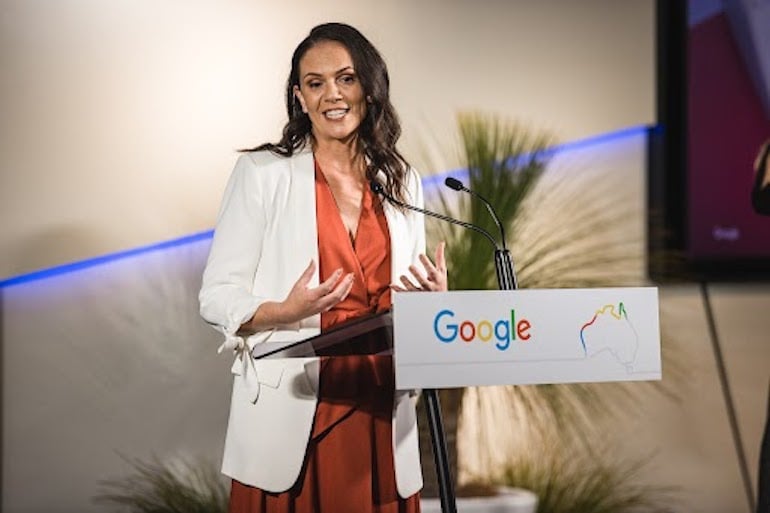
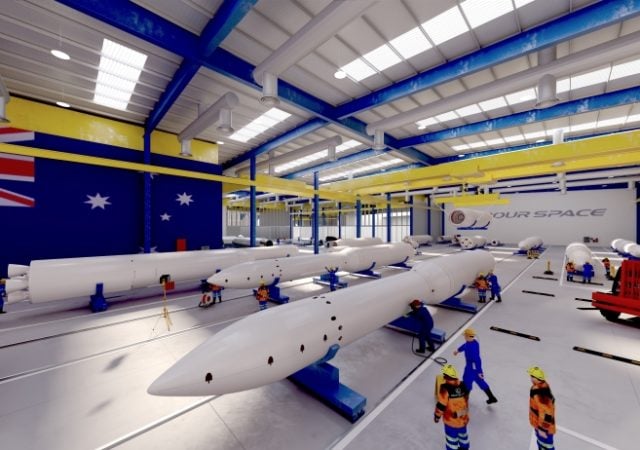

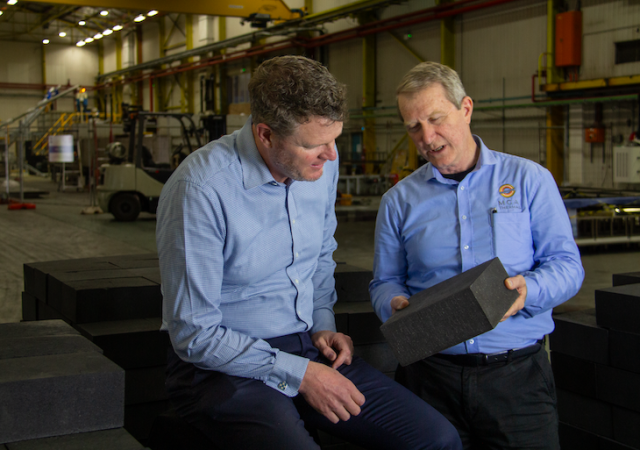


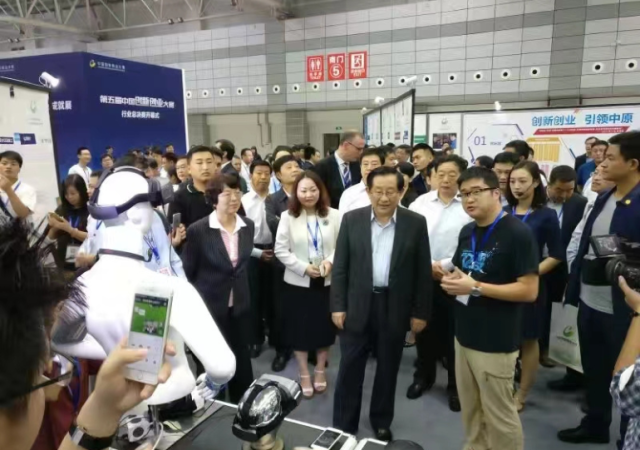
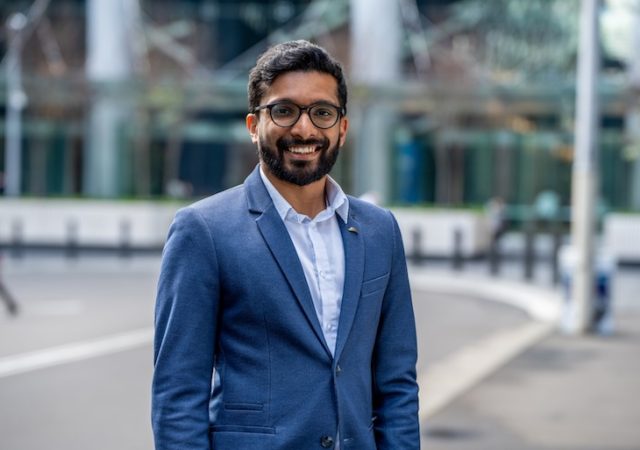
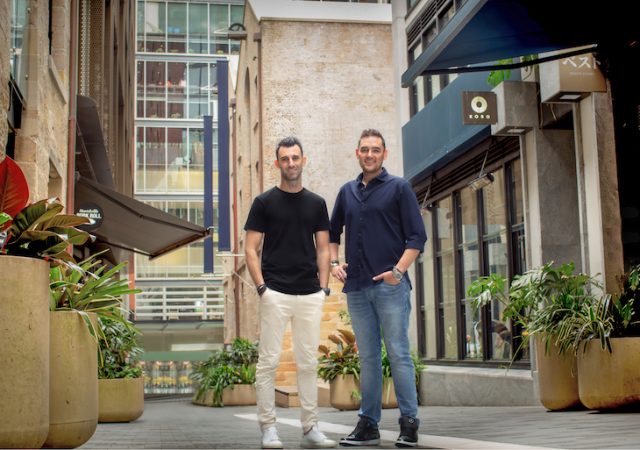
Trending
Daily startup news and insights, delivered to your inbox.